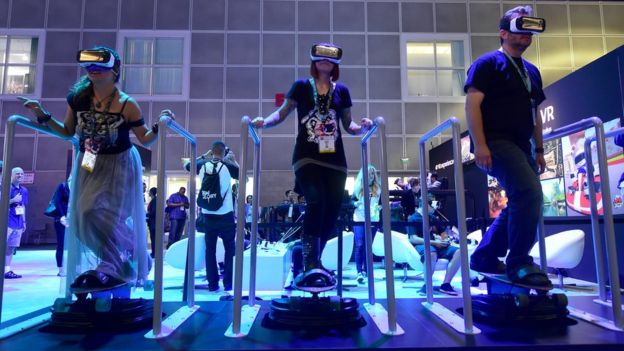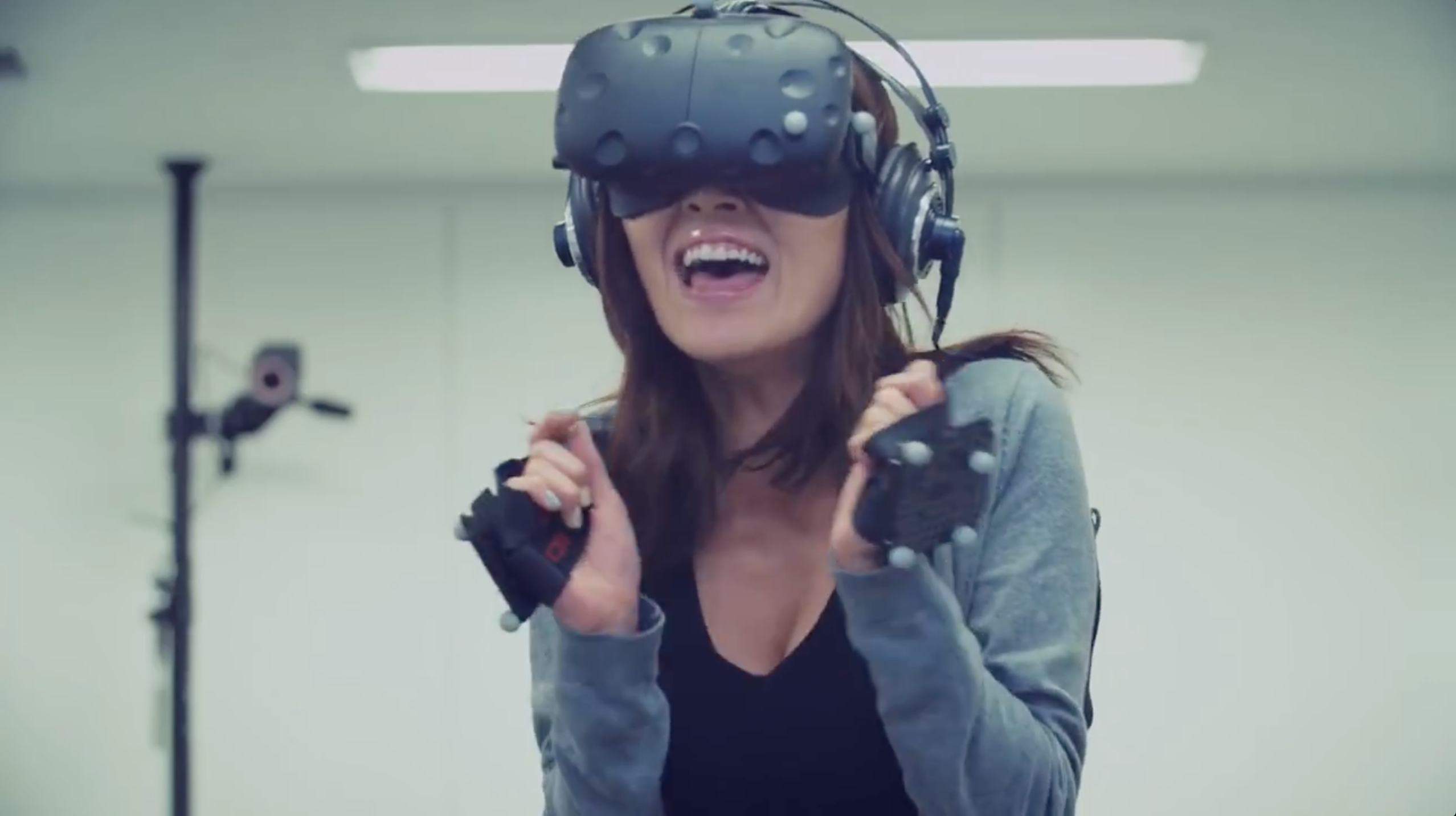
Games enthusiasts of a certain age can often be found reminiscing about a legendary golden era - the age of arcade gaming.
It
spanned a decade or so, starting in the mid-to-late 70s, a period which
launched the infamous title Space Invaders and also brought us games
like Asteroids, Lunar Lander and - of course - Pacman. The necessity of games arcades was due to the sophisticated technology on offer. Dedicated cabinets had computers set up to play that game and that game alone. Home gaming, in the very early days of Space Invaders, was simply too expensive for most.
As time went on, technology got better. And cheaper. Suddenly, games arcades were losing their purpose in life. If a PlayStation gave you as good an experience in your bedroom, why go to a building and spend your spare change to play for just a few minutes at a time?
But in the halls of E3 this week, a show where attendees are looking years into the future of the multi-billion dollar industry, there's talk of "Arcade 2.0". A rebirth.
Why? Virtual reality. For the first time since the Golden Age, the public is showing interest in gaming technology they can't yet afford. And, even if they could, it's not something that most homes could accommodate to its full potential.
Warehouse scale
That's why virtual reality arcades are popping up all over the globe. Some are small projects, a good-sized room with the latest kit. Others are big budget smashes, like Hub Zero. Nestled in Dubai, Hub Zero is an "indoor video game park".
The attractions include an installation by VRcade, a company that has created a totally tether-free VR system - one that allows for multiple players in the same game simultaneously.
The Seattle-based firm's typical customers include shopping centres or cinemas - in other words, anywhere where there's available space. I suggested, quite smartly I thought, to approach any pub that had an ageing bucking bronco in the corner.
VRcade differs from its competition by aiming to produce customised VR experiences that make use of the real physical location. Motion sensors are placed around the area to monitor the movement of the player, as well as any in-game peripherals. It means all movements are tracked, whether you're jumping or ducking or rolling.

"We want warehouse scale."
It's an experience most could never replicate at home.
Bring your mates
The major players in virtual reality are HTC, PlayStation and Oculus."I personally love arcades," said Joel Braten, HTC's global head of content for the Vive headset.
"I grew up in them. Based on the conversations we're having, this is about ready to take off really in a big way."

But if VR raises the potential for arcades to return, fans of the classic games scene doubt it will carry the same charm.

"I wonder if that's what VR is going to be about - you pay $10 and get a five minute game."
He attributed the fall of the games arcade not to the rise of high-powered consoles, but instead to what he said were overly strict regulations on businesses running arcades.
And games makers became greedy, he said - increasingly demanding players to continually pump money in to keep on playing.

But then again, unlike other gaming technologies - that have been miniaturised from arcade cabinet to console and more recently to smartphone - those enjoying VR will always want space to enjoy it to the fullest.
It may not be the golden age of button bashing and coin inserting - but it is a welcome development if, like Mr Davids, you believe gaming is an activity best enjoyed in the company of other people.

0 comments:
Post a Comment